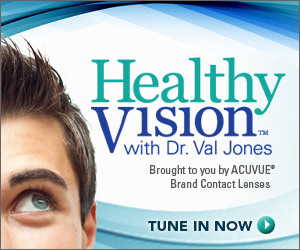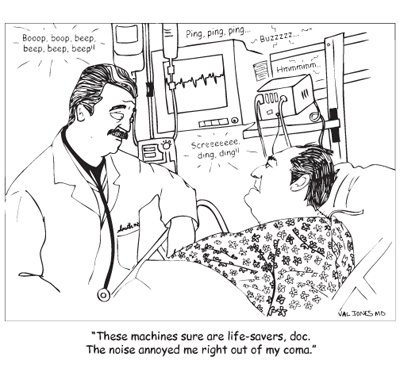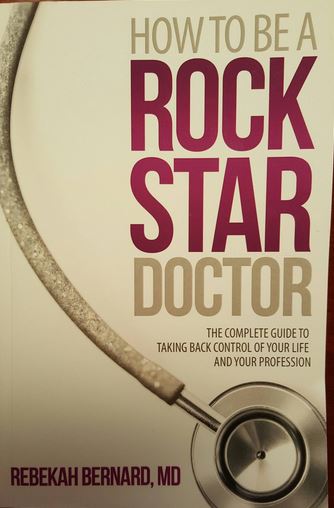
June 21st, 2011 by Harriet Hall, M.D. in Health Tips, Research
Tags: Autism, B12, B6, COMT genotype, Folic Acid, Genetics, Genotype, In Utero, Iron, Multivitamins, Nutrition, Prenatal, Prenatal Vitamins, Vaccines, Vitamins
No Comments »

Science has found no evidence that vaccines cause autism; but the true cause(s) of autism have not yet been determined. So far the available evidence has pointed towards a largely genetic cause with possible interaction with environmental factors. A new study supports that interpretation. It also supports previous evidence that autism is triggered prior to birth, rather than at the time of vaccinations.
Schmidt et al. published a study in Epidemiology on May 23, 2011, entitled “Prenatal Vitamins, One-carbon Metabolism Gene Variants, and Risk for Autism.” It was a population-based case control study of 566 subjects comparing a group of autistic children to a matched control group of children with normal development. They looked at maternal intake of prenatal vitamins in the 3 months before conception and the first month of pregnancy, and they looked for genotypes associated with autism. They found that mothers who didn’t take prenatal vitamins were at greater risk of having an autistic child, and certain genetic markers markedly increased the risk. There was a dose/response relationship: the more prenatal vitamins a woman took, the less likely she would have an autistic child. There was no association with other types of multivitamins, and no association with prenatal vitamin intake during months 2-9 of pregnancy.
They had a large sample size, and they tried to eliminate confounders. They looked for these potential confounders of the association between prenatal vitamin intake and autism: child’s sex, birth year, parent-reported race/ethnicity, family history of mental health conditions, paternal age at child’s birth, maternal age at child’s birth, education, prepregnancy body mass index (BMI) category, cereal intake from 3 months before through the first month of pregnancy, cigarette smoking, alcohol consumption, and residence with a smoker during the period 3 months before pregnancy to delivery. Only maternal education and the child’s year of birth proved to be confounders. They adjusted for these two factors in their analyses. A weakness of their study is that it depends on patient recall long after the fact. Also, it did not attempt to gather any diet information.
Mothers of children with autism were less likely to report taking prenatal vitamins (odds ratio 0.62). Having certain genotypes increased the odds that a vitamin-omitting woman would have an autistic child. Children with the COMT 472 AA gene were at increased risk of autism. If their mothers took prenatal vitamins, the odds ratio for the risk of autism was 1.8; if their mothers didn’t, the odds ratio jumped to 7.2. This suggests that the maternal-fetal environment can magnify the effects of a child susceptibility gene. There was an association with certain maternal genes as well: those odds ratios went as high as 4.5.
The association was robust. The authors think Read more »
*This blog post was originally published at Science-Based Medicine*
June 20th, 2011 by RyanDuBosar in Health Policy, Health Tips
Tags: American College Of Physicians, CDC, Center for Disease Control and Prevention, Dennis G. Maki, Disease Outbreaks, E. Coli, Escherichia Coli, Food Safety Working Group, Foodborne Infections, Foodborne Pathogens, FoodNet, FoodSafety.gov, Infectious Disease, NPR, Partnership for Food Safety Education, Public Health, Salmonella, Slaughter Methods, Undercooked Meat, Vital Signs
No Comments »

Salmonella food infections continue despite success reducing disease caused by other pathogens, the Centers for Disease Control and Prevention reports.
 Salmonella should be targeted because while infection rates have not declined significantly in more than a decade, they are one of the most common, the CDC reports in its latest Vital Signs.
Salmonella should be targeted because while infection rates have not declined significantly in more than a decade, they are one of the most common, the CDC reports in its latest Vital Signs.
Contaminated food causes approximately 1,000 reported disease outbreaks and an estimated 48 million illnesses, 128,000 hospitalizations, and 3,000 deaths annually in the U.S. Salmonella causes 1 million foodborne infections annually, incurring an estimated $365 million in direct medical costs. Salmonella infections in 2010 increased 10% from 2006-2008.
The same prevention measures that reduced Escherichia coli infections to less than 1 case per 100,000 need to be applied more broadly to reduce Salmonella and other infections, the CDC reports. These measures include: Read more »
*This blog post was originally published at ACP Internist*
June 19th, 2011 by ChristopherChangMD in Health Tips, Research
Tags: Allergic Sensitization, Allergy, Baby, Cat, Clinical and Experimental Allergy, Development, Dog, Indoor Cat, Risk
No Comments »


There have been a number of studies in the past investigating whether it is healthy for a baby to be around pets and whether such exposure increases or decreases risk of becoming allergic to them later in life.
In a recent study (published online June 2011), the researchers found that among males, those with an indoor dog during the first year of life had half the risk of becoming allergic to dogs at age 18 compared with those who did not have an indoor dog in the first year of life regardless whether born by C-section or vaginally. Also, teens with an indoor cat in the first year of life also had a decreased risk of becoming allergic to cats. Neither cumulative exposure nor exposure at any other particular age was associated with either outcome. So it appears that Read more »
*This blog post was originally published at Fauquier ENT Blog*
June 18th, 2011 by Linda Burke-Galloway, M.D. in Health Tips
Tags: Babies, Birth, Contractions, Delivery Room, Fetal Tracing, Healthy Baby, High Risk Pregnancy, Midwife, OB/GYN, Obstetrician, Pregnancy, Prenatal, Top 10, Top Ten
No Comments »

 Some of the most endearing moments I have witnessed as an obstetrician involved observing men in the labor room. There was the hip Jewish dad from Brooklyn who brought his Anita Baker tape and played it while his wife was in labor. Because she was one of my favorite artists, I was constantly in their room under the guise of watching the fetal monitor, just so that I could listen to the music. Another memorable moment was the dad who cried tears of joy when his wife was returned back to her room after having a c. section. The love and admiration that beamed in his eyes almost tempted me to ask him if he had a friend (this was of course, when I was single). The point is, expectant dads can play a significant role in helping their wives or girlfriends have a healthy baby. Here’s how: Read more »
Some of the most endearing moments I have witnessed as an obstetrician involved observing men in the labor room. There was the hip Jewish dad from Brooklyn who brought his Anita Baker tape and played it while his wife was in labor. Because she was one of my favorite artists, I was constantly in their room under the guise of watching the fetal monitor, just so that I could listen to the music. Another memorable moment was the dad who cried tears of joy when his wife was returned back to her room after having a c. section. The love and admiration that beamed in his eyes almost tempted me to ask him if he had a friend (this was of course, when I was single). The point is, expectant dads can play a significant role in helping their wives or girlfriends have a healthy baby. Here’s how: Read more »
*This blog post was originally published at Dr. Linda Burke-Galloway*
June 18th, 2011 by Jeffrey Benabio, M.D. in Health Tips
Tags: Dermatology, melanoma, moles, Nevi, Protecting Your Kids, Sun Exposure, Sunblock, Sunscreen
No Comments »


Do you ever wish you didn’t have so many moles? It might be too late for you, but it doesn’t have to be for your kids. By reducing their sun exposure, you can reduce the number of moles (also called nevi) they develop.
Sunburns and excess sun exposure are triggers for moles to develop. Having lots of moles can be unsightly and increases their risk of developing melanoma later in life. Reducing excess sun will limit the number of moles they have and reduce their risk for melanoma many years from now.
Protect against sun to reduce moles.
Many of us grew up without good sunscreens (baby oil and iodine anyone?), but you can do so much more for your children: Read more »
*This blog post was originally published at The Dermatology Blog*




















